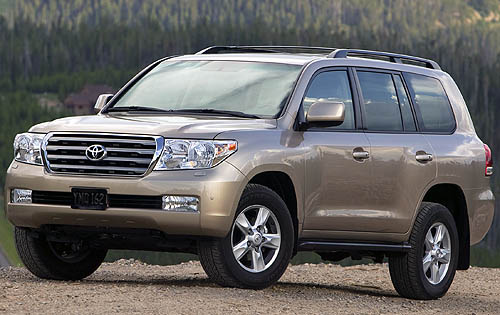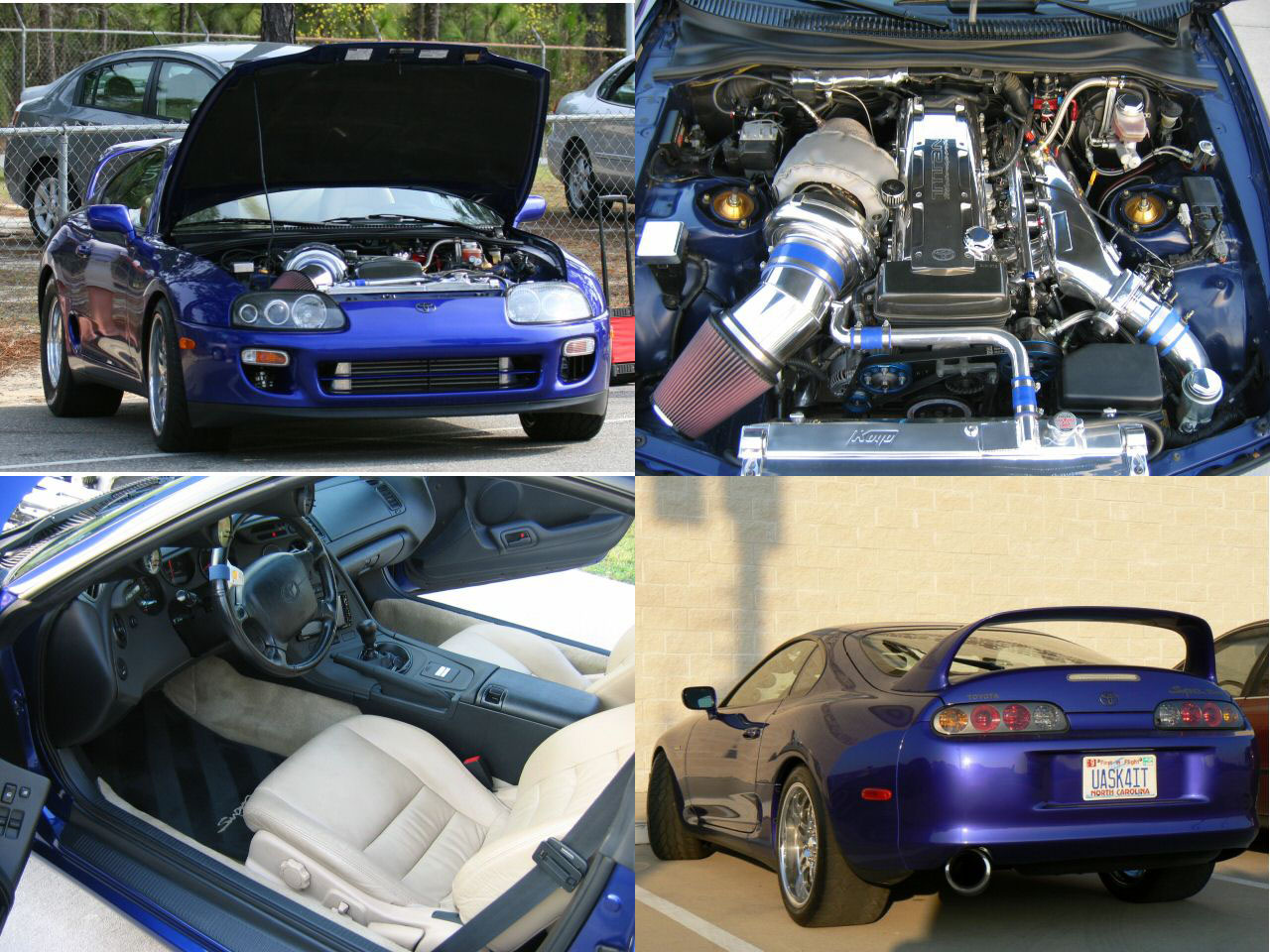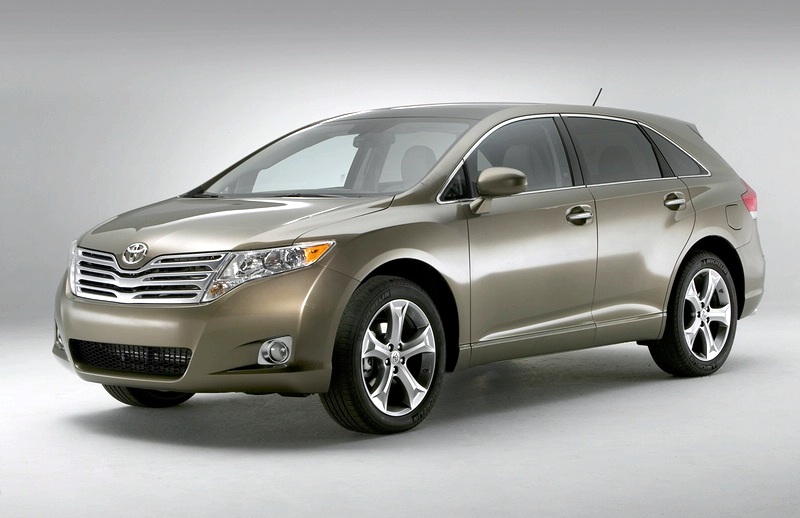
A typical server rack, commonly seen in colocation.
A data center can occupy one room of a building, one or more floors, or an entire building. Most of the equipment is often in the form of servers mounted in 19 inch rack cabinets, which are usually placed in single rows forming corridors between them. This allows people access to the front and rear of each cabinet. Servers differ greatly in size from 1U servers to large freestanding storage silos which occupy many tiles on the floor. Some equipment such as mainframe computers and storage devices are often as big as the racks themselves, and are placed alongside them. Very large data centers may use shipping containers packed with 1,000 or more servers each[6]; when repairs or upgrades are needed, whole containers are replaced (rather than repairing individual servers).[7]
Local building codes may govern the minimum ceiling heights.
A bank of batteries in a large data center, used to provide power until diesel generators can start.
The physical environment of a data center is rigorously controlled:
• Air conditioning is used to control the temperature and humidity in the data center. ASHRAE's "Thermal Guidelines for Data Processing Environments"[8] recommends a temperature range of 16–24 °C (61–75 °F) and humidity range of 40–55% with a maximum dew point of 15°C as optimal for data center conditions.[9] The electrical power used heats the air in the data center. Unless the heat is removed, the ambient temperature will rise, resulting in electronic equipment malfunction. By controlling the air temperature, the server components at the board level are kept within the manufacturer's specified temperature/humidity range. Air conditioning systems help control humidity by cooling the return space air below the dew point. Too much humidity, and water may begin to condense on internal components. In case of a dry atmosphere, ancillary humidification systems may add water vapor if the humidity is too low, which can result in static electricity discharge problems which may damage components. Subterranean data centers may keep computer equipment cool while expending less energy than conventional designs.
• Modern data centers try to use economizer cooling, where they use outside air to keep the data center cool. Washington state now has a few data centers that cool all of the servers using outside air 11 months out of the year. They do not use chillers/air conditioners, which creates potential energy savings in the millions.[10].
• Backup power consists of one or more uninterruptible power supplies and/or diesel generators.
• To prevent single points of failure, all elements of the electrical systems, including backup system, are typically fully duplicated, and critical servers are connected to both the "A-side" and "B-side" power feeds. This arrangement is often made to achieve N+1 Redundancy in the systems. Static switches are sometimes used to ensure instantaneous switchover from one supply to the other in the event of a power failure.
• Data centers typically have raised flooring made up of 60 cm (2 ft) removable square tiles. The trend is towards 80–100 cm (31–39 in) void to cater for better and uniform air distribution. These provide a plenum for air to circulate below the floor, as part of the air conditioning system, as well as providing space for power cabling. Data cabling is typically routed through overhead cable trays in modern data centers. But some are still recommending under raised floor cabling for security reasons and to consider the addition of cooling systems above the racks in case this enhancement is necessary. Smaller/less expensive data centers without raised flooring may use anti-static tiles for a flooring surface. Computer cabinets are often organized into a hot aisle arrangement to maximize airflow efficiency.
• Data centers feature fire protection systems, including passive and active design elements, as well as implementation of fire prevention programs in operations. Smoke detectors are usually installed to provide early warning of a developing fire by detecting particles generated by smoldering components prior to the development of flame. This allows investigation, interruption of power, and manual fire suppression using hand held fire extinguishers before the fire grows to a large size. A fire sprinkler system is often provided to control a full scale fire if it develops. Fire sprinklers require 18 in (46 cm) of clearance (free of cable trays, etc.) below the sprinklers. Clean agent fire suppression gaseous systems are sometimes installed to suppress a fire earlier than the fire sprinkler system. Passive fire protection elements include the installation of fire walls around the data center, so a fire can be restricted to a portion of the facility for a limited time in the event of the failure of the active fire protection systems, or if they are not installed. For critical facilities these firewalls are often insufficient to protect heat-sensitive electronic equipment, however, because conventional firewall construction is only rated for flame penetration time, not heat penetration. There are also deficiencies in the protection of vulnerable entry points into the server room, such as cable penetrations, coolant line penetrations and air ducts. For mission critical data centers fireproof vaults with a Class 125 rating are necessary to meet NFPA 75[11] standards.
• Physical security also plays a large role with data centers. Physical access to the site is usually restricted to selected personnel, with controls including bollards and mantraps.[12] Video camera surveillance and permanent security guards are almost always present if the data center is large or contains sensitive information on any of the systems within. The use of finger print recognition man traps is starting to be commonplace.
source : http://en.wikipedia.org/wiki/Data_center
 toyota celica
toyota celica toyota celica
toyota celica toyota celica
toyota celica toyota celica
toyota celica toyota celica
toyota celica
 toyota celica
toyota celica toyota celica
toyota celica toyota celica
toyota celica toyota celica
toyota celica toyota celica
toyota celica
 2010 nissan altima
2010 nissan altima 2010 nissan altima
2010 nissan altima 2010 nissan altima
2010 nissan altima 2010 nissan altima
2010 nissan altima 2010 nissan altima
2010 nissan altima
 nissan recalls
nissan recalls nissan recalls
nissan recalls nissan recalls
nissan recalls nissan recalls
nissan recalls nissan recalls
nissan recalls
 toyota land cruiser
toyota land cruiser toyota land cruiser
toyota land cruiser toyota land cruiser
toyota land cruiser toyota land cruiser
toyota land cruiser toyota land cruiser
toyota land cruiser
 nissan 240sx
nissan 240sx nissan 240sx
nissan 240sx nissan 240sx
nissan 240sx nissan 240sx
nissan 240sx nissan 240sx
nissan 240sx
 toyota supra twin turbo
toyota supra twin turbo toyota supra twin turbo
toyota supra twin turbo toyota supra twin turbo
toyota supra twin turbo toyota supra twin turbo
toyota supra twin turbo toyota supra twin turbo
toyota supra twin turbo
 Nissan Leaf
Nissan Leaf Nissan Leaf
Nissan Leaf Nissan Leaf
Nissan Leaf Nissan Leaf
Nissan Leaf Nissan Leaf
Nissan Leaf











